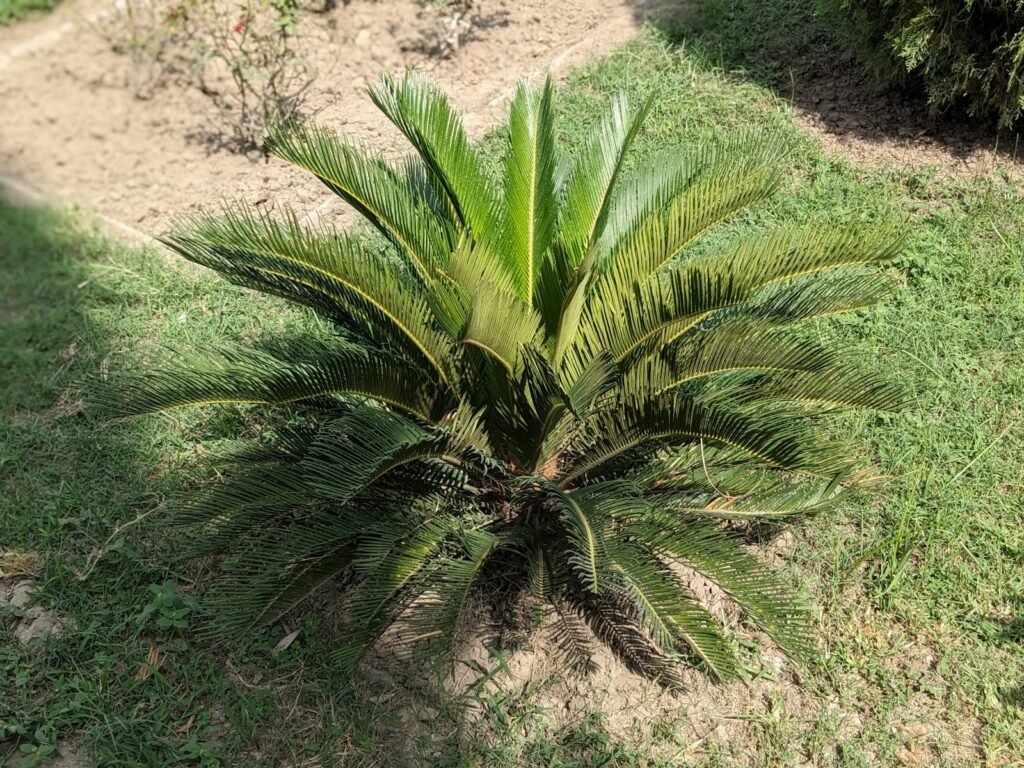Imagine standing at 4,500 meters above sea level on a mountain in East Africa, where the air is thin, the sun burns relentlessly by day, and temperatures plummet below freezing at night. This is a world where most plants would shrivel and die within hours, yet here, thriving in conditions that defy logic, are some of the most extraordinary botanical survivors on Earth. These are Africa’s altitude champions—plants that have not merely adapted to extreme conditions but have transformed them into evolutionary masterpieces.
When Mountains Become Laboratories of Evolution

The mountain peaks of East Africa are scattered like islands across the vast landscape, each one rising dramatically from the surrounding plains. Mount Kilimanjaro and Mount Meru in Tanzania, Mount Kenya, the Aberdare Range, and Cherangani Hills in Kenya, Mount Elgon on the Uganda–Kenya border, the Rwenzori Mountains on the Uganda–Democratic Republic of Congo border, the Virunga Mountains on the borders of Rwanda, Uganda and the DRC, and Mitumba Mountains in the east of the DRC create a unique network of high-altitude laboratories. These volcanic peaks, some reaching heights of nearly 6,000 meters, have become natural experiments in extreme survival. The isolation of each mountain range has forced plants to develop their own unique solutions to the same brutal challenges, resulting in what scientists call “sky islands” of evolutionary innovation. The afro-alpine ecosystem in the high mountains of East Africa represents a huge natural experiment in extreme biogeographic fragmentation.
The Invisible Killers That Forge Survivors

At extreme altitudes, plants face a deadly quartet of environmental stresses that would crush most living things. The high altitudinal environment is characterized by cold, low oxygen, and strong ultraviolet radiation. Atmospheric pressure drops to less than half that at sea level, making every breath of air a precious commodity. Temperatures can swing from scorching hot under the intense equatorial sun to bone-chilling cold within hours. There is no pronounced seasonal variation in temperature, but the diurnal variation is extreme at the highest altitudes (‘winter every night and summer every day’). The ultraviolet radiation at these heights is so intense it can literally burn plant tissue, while the thin air offers no protection from the elements. Yet it’s precisely these hostile conditions that have sculpted some of nature’s most ingenious adaptations.
The Giants That Shouldn’t Exist
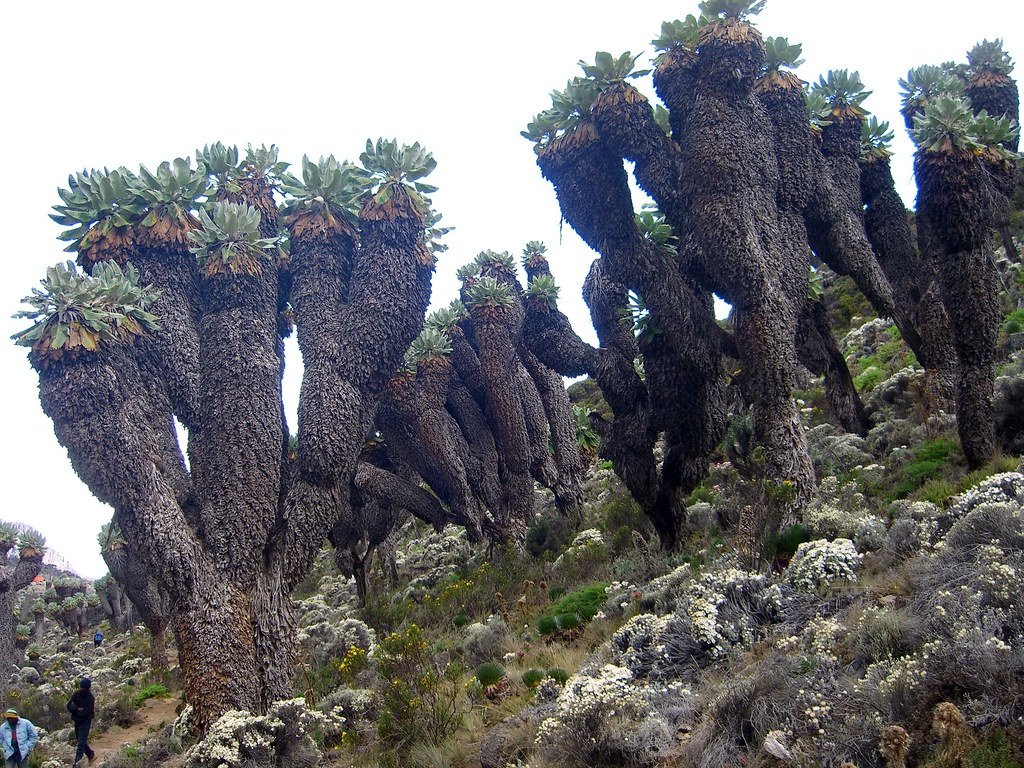
Giant groundsels are native to the higher-altitude zones of ten mountain groups in equatorial East Africa, where they form a conspicuous element of the flora. These botanical giants, known scientifically as Dendrosenecio, look like something from another planet—massive rosettes of leaves atop thick, woody stems that can tower up to 6 meters tall. Dendrosenecio keniodendron can grow up to 6 metres tall and tends to grow in dense groups of even-sized plants, flowering every 5–20 years, often in synchrony across the population. What makes these plants truly remarkable isn’t just their size, but how they’ve engineered themselves to survive in an environment where water freezes every night. Their massive leaf rosettes act like natural umbrellas, folding closed during the frigid nights to protect the growing tip from frost damage, then opening again each morning to capture precious sunlight.
Architecture of Survival: The Rosette Revolution
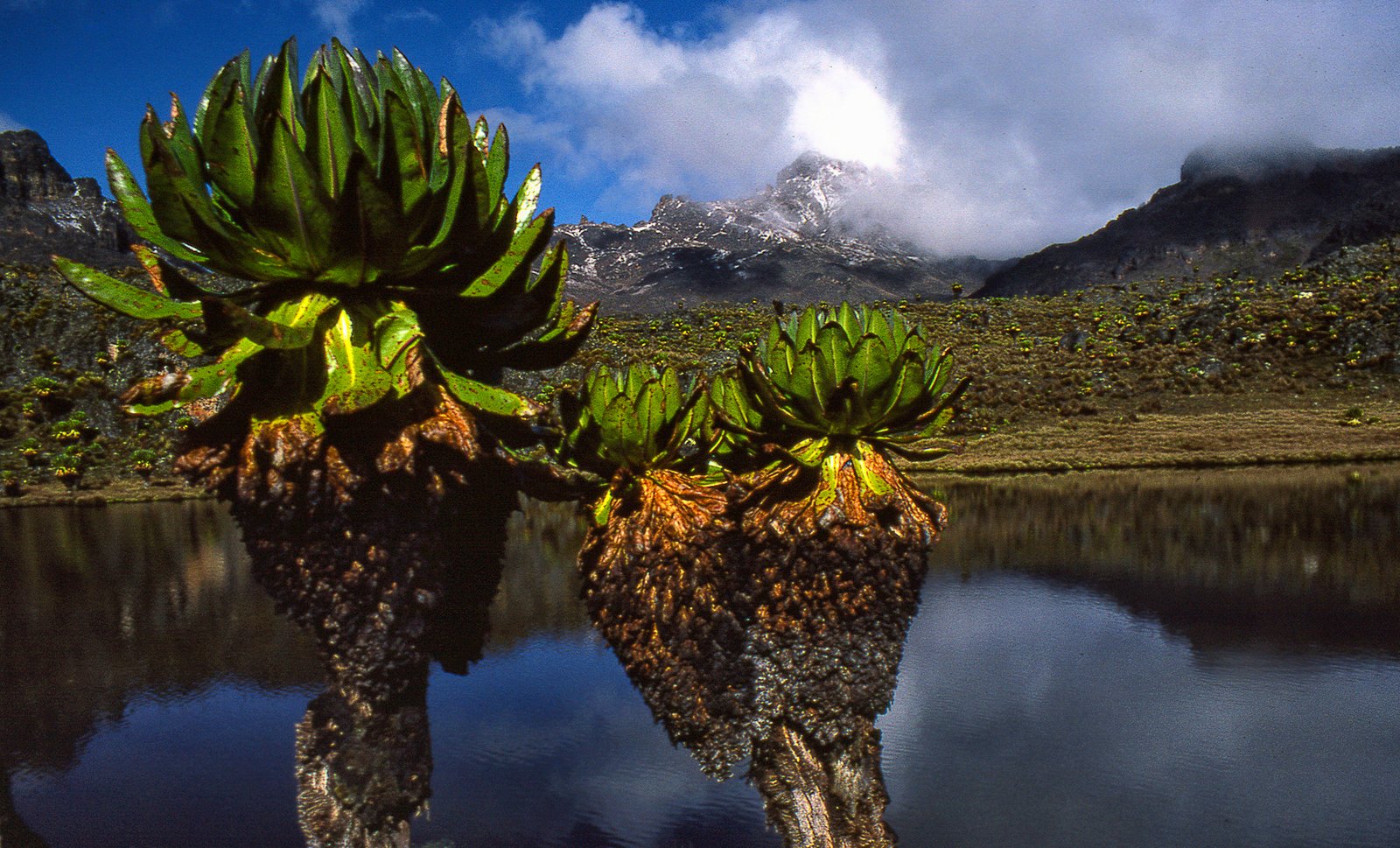
The giant rosette form isn’t just an aesthetic choice—it’s a masterpiece of evolutionary engineering. These giant plants have large leaf rosettes which fold up during the night to protect the buds, and they retain old leaves for insulation, accumulate large amounts of water to counteract temperature shocks, and grow taller with increasing altitude to escape the low temperatures close to the ground. At altitudes between 3,400 and 4,500 meters, massive leaf rosettes develop in which leaf development occurs in a large apical bud. This design allows the plants to create their own microclimate within the rosette, where temperatures can be several degrees warmer than the surrounding air. The dead leaves aren’t discarded but are kept as insulation, creating a natural down jacket around the stem that protects the plant’s vital core from freezing.
The Water Wizards of High Altitude
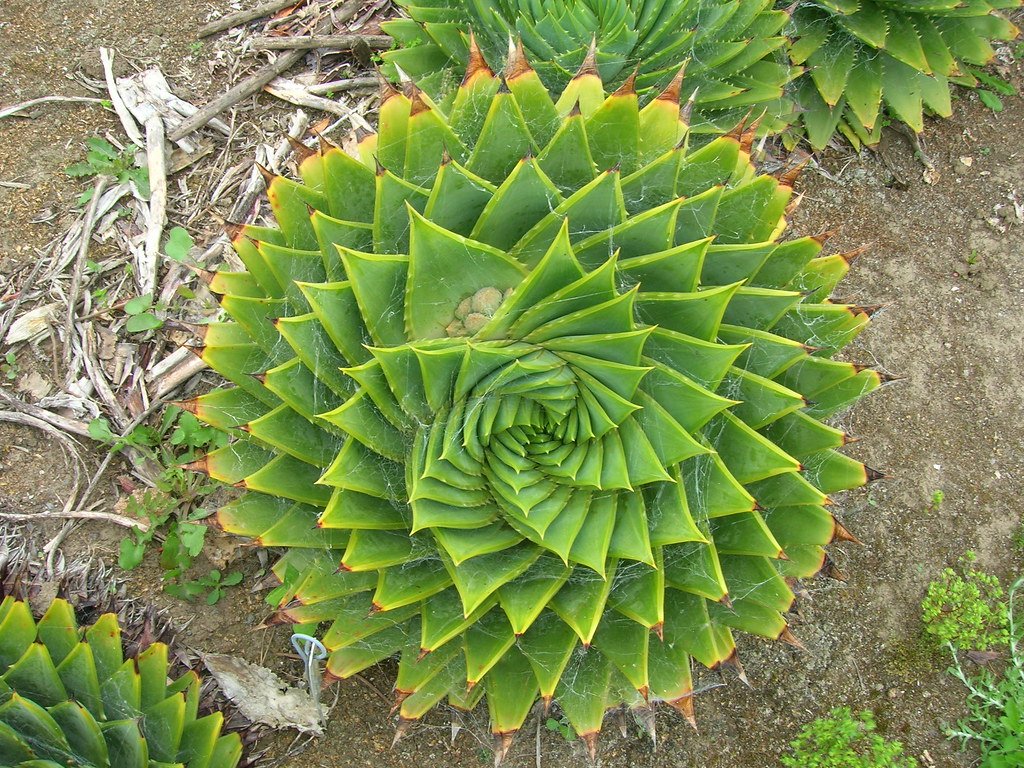
Perhaps the most ingenious adaptation of Africa’s altitude survivors is their relationship with water and ice. Giant lobelia species are known for the reservoirs of water held in their rosettes, which freeze at night and protect the apical meristem. When this reservoir is drained, the temperature of the inner meristem drops below freezing, which does not occur when the fluid is left intact. These plants have essentially turned water into armor, using controlled freezing as a protective mechanism. The crescent-shaped ice cubes formed in these rosettes gave rise to the nickname, “gin and tonic lobelia”. Some species even produce specialized ice-nucleating compounds that help them control exactly when and where ice forms in their tissues, turning a potentially deadly process into a survival tool.
Chemical Warfare Against the Cold
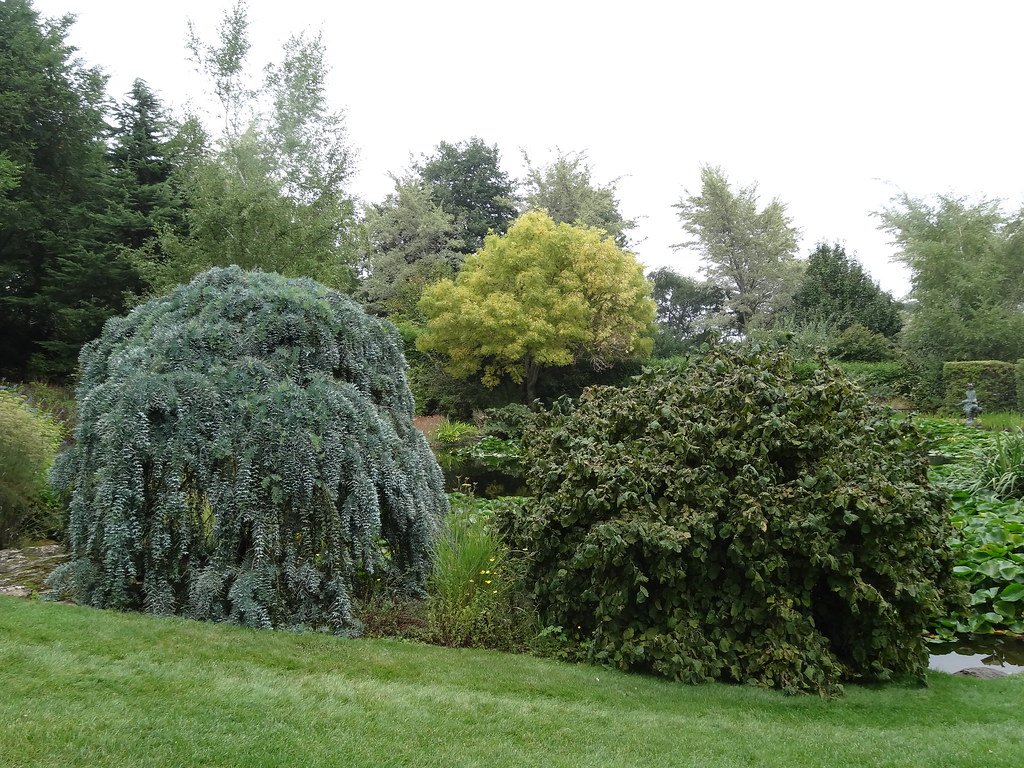
Plants are capable of growing successfully at altitudes surpassing 5000 m thanks to highly specialized physiological processes that affect the chemical response of the plant, from the synthesis of special lipids that modify cell membranes for flexibility and water permeability, to anti-freeze carbohydrates, ultraviolet filters, potent antioxidants and free radical quenchers not seen in low altitude plants. Their biochemical machinery has been able to dodge the aggressive climatic forces by way of new biosynthetic twists leading to new molecular skeletons which are absent in their relatives of lower elevations. These plants have essentially developed their own pharmaceutical factories, producing compounds that act as natural antifreeze, sunscreen, and antioxidants all rolled into one. The chemical complexity of these high-altitude survivors rivals that of the most sophisticated human medications, yet they manufacture these life-saving compounds continuously, adjusting their production based on daily temperature and light changes.
Cushion Champions: The Low-Profile Survivors

Not all of Africa’s altitude survivors reach for the sky—some have chosen the opposite strategy. Cushion plants such as Androsace tapete, Arenaria kansuensis, Arenaria lancangensis and Saussurea brunneopilosa are adapted to the extreme alpine environment and were observed at altitudes of over 4,000 m. These plants have adopted a “lie low and survive” approach, forming dense, carpet-like mats that hug the ground. The dome-like shape and closeness with which plants grow makes these clumps perfect heat traps. The temperature on or inside a cushion can be up to 15°C more than the air temperature above it. By staying close to the ground, they avoid the worst of the wind and cold while creating their own warm microclimates that can be dramatically warmer than the surrounding air.
The Hairy Truth About High-Altitude Survival

Many of Africa’s mountain survivors have discovered that being hairy isn’t just a fashion statement—it’s a matter of life and death. Edelweiss (Leontopodium nivale) is perfectly adapted to life in the alpine zone. The tiny hairs on the plant collect thousands of air bubbles which protect the flower from burning in the sun, drying out, or freezing in the harsh alpine environment. These microscopic hairs create a protective boundary layer of still air around the plant, reducing water loss and providing insulation. Many alpine cushion plants also have very hairy leaves, which trap even more heat within. The hairs also scatter ultraviolet light, acting like countless tiny mirrors that protect the plant’s photosynthetic machinery from being damaged by the intense high-altitude sun.
Photosynthetic Marvels in Thin Air

At high altitudes, the very act of photosynthesis becomes a challenge. Shortwave solar radiation increases with altitude while air temperatures usually fall. For many hours of the day at high elevation the maximum solar radiation may indeed be well above the saturation levels for photosynthesis of C3 plants. These plants have had to completely redesign their photosynthetic machinery to function in low-pressure, low-temperature conditions while still capturing the intense solar energy available at high altitudes. Maximal rates of CO2 assimilation of 8–11 mol m-2 s-1 at ambient CO2 concentration were measured for Dendrosenecio keniodendron, D. brassica, Lobelia telekii—rates that rival the efficiency of plants at sea level despite the challenging conditions.
Reproductive Strategies for the Extreme

Reproduction at extreme altitudes requires extraordinary strategies. Reproduction occurs synchronously over the entire population on Mount Kenya, at intervals of 5 to 29 years, making D. keniodendron a mast year species. This synchronized flowering ensures that pollination occurs even when pollinators are scarce, and it allows the plants to pool their reproductive efforts for maximum impact. Lobelia deckenii plants usually form between one and eighteen rosettes which are connected underground. The individual rosettes grow slowly in the alpine environment, and may take decades to reach reproductive size. The rosette that produces an inflorescence dies after flowering, but the remaining connected rosettes live on. This strategy allows the plants to hedge their bets—if one rosette dies during reproduction, the others can continue the genetic lineage.
The Pollination Problem and Its Solutions

Finding pollinators at extreme altitudes is like finding a needle in a haystack, but Africa’s mountain plants have developed remarkable solutions. The lobelia species on Mount Kenya are both pollinated by birds, especially the scarlet-tufted sunbird and the alpine chat. These plants have co-evolved with specialized high-altitude birds that brave the harsh conditions to feed on nectar. Some species produce flowers that are specifically designed to warm up in the morning sun, creating a comfortable landing platform for cold-stressed pollinators. The plants essentially offer their pollinators a warm meal and a heated rest stop, making the risky journey to high altitudes worthwhile for both parties.
Root Systems: The Hidden Underground Empires

While the above-ground portions of high-altitude plants are impressive, their underground networks are even more remarkable. Cushion plants, like most alpine plants, have a large, deep taproot. Because alpine soils often drain quickly and are poor in nutrients, a long root system is important for the plant to be able to reach enough water and nutrition. Most alpine plants are perennial and die back to their roots in fall, having to exist on stored resources throughout the 10 month dormant season, and a thick taproot can help with that. These root systems can extend several meters deep into the rocky soil, creating an extensive network for water and nutrient collection. A small alpine forget-me-not may stand only inches above the ground, but its taproot can extend for a couple of feet below the soil surface. The long taproot is necessary because of both the limited precipitation in many alpine and arctic environments and because of the rapid drainage of newly formed and shallow soil.
Convergent Evolution: When Distant Relatives Think Alike

The enigmatic giant rosette plants of tropical alpine environments such as the giant lobelias and the giant senecios in Africa provide classical examples of convergent evolution. They are distantly related but have independently developed strikingly similar morphological, physiological and life history traits in response to the harsh tropical alpine climate with its diurnal freeze-thaw cycles. This phenomenon demonstrates how extreme environments can drive unrelated species toward similar solutions. Plants from completely different families, evolving on different mountains, have independently arrived at nearly identical strategies for survival. The communities of giant Dendrosenecio and giant lobelias found on these African mountains are an exceptional example of parallel or convergent evolution.
The Speed of Slow: Growth Rates in Extreme Conditions

Life in the extreme operates on a different timeline. Cushion plants grow very slowly. In the case of Silene acaulis, growth rates have been measured at 0.06 cm to 1.82 cm per year. Coinciding with this impeded growth is increased longevity, with the largest cushions of some species attaining ages of up to 350 years. A study on Azorella compacta in southern Peru determined that, based on a growth rate of 1.4 mm per year, individual plants in the study area were upwards of 850 years old with occasional specimens approaching 3,000 years old. These plants are living monuments to persistence, some having survived since before the founding of major civilizations, growing just millimeters each year while withstanding countless freeze-thaw cycles.
Thermal Gymnastics: Daily Temperature Survival
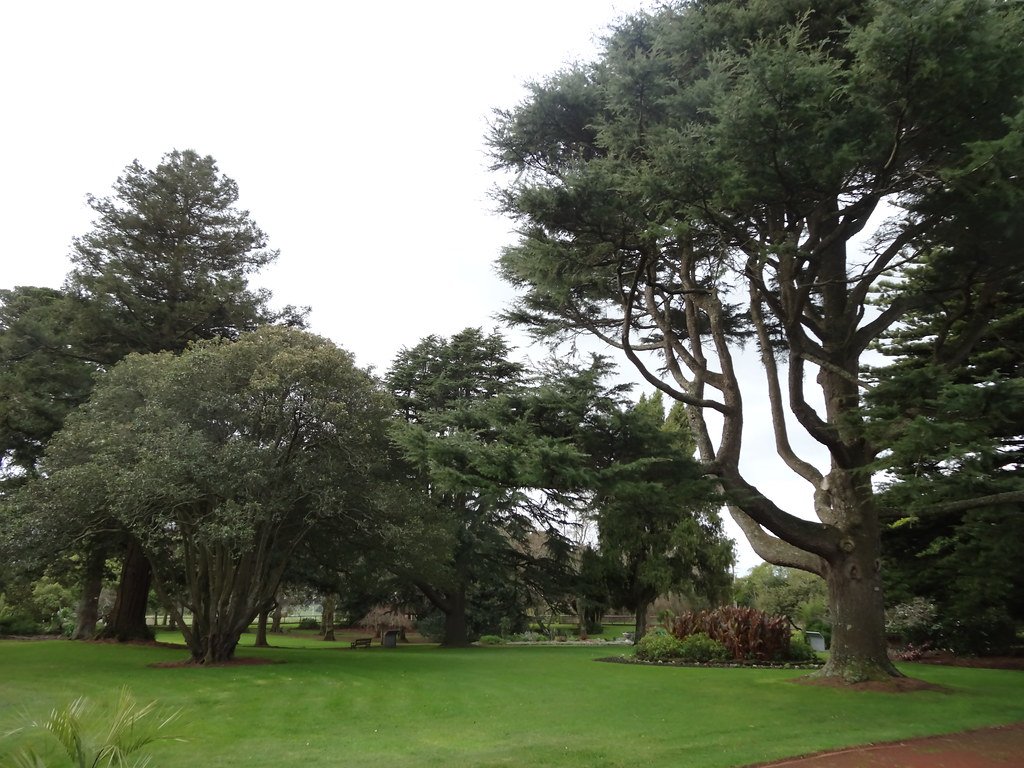
The daily temperature swings at high altitude would kill most plants within days, but Africa’s mountain survivors have mastered the art of thermal gymnastics. At an altitude of 4,760 metres in Peru, temperatures range from an average minimum of about −2°C to average maximum values of 5 to 8°C in every month of the year. The inner temperature of the stem tissue was higher than the surface temperature of the stem by about 5 K for most of the cold night. The most important advantage gained by the tree-like life-form is probably a more favourable microclimate in which the strong diurnal temperature fluctuations at the ground are mitigated and nocturnal temperatures do not drop below freezing point. These plants have essentially become living thermostats, maintaining their core temperatures within survivable ranges while their outer surfaces experience dramatic temperature swings.
Community Cooperation: How Plants Help Each Other Survive
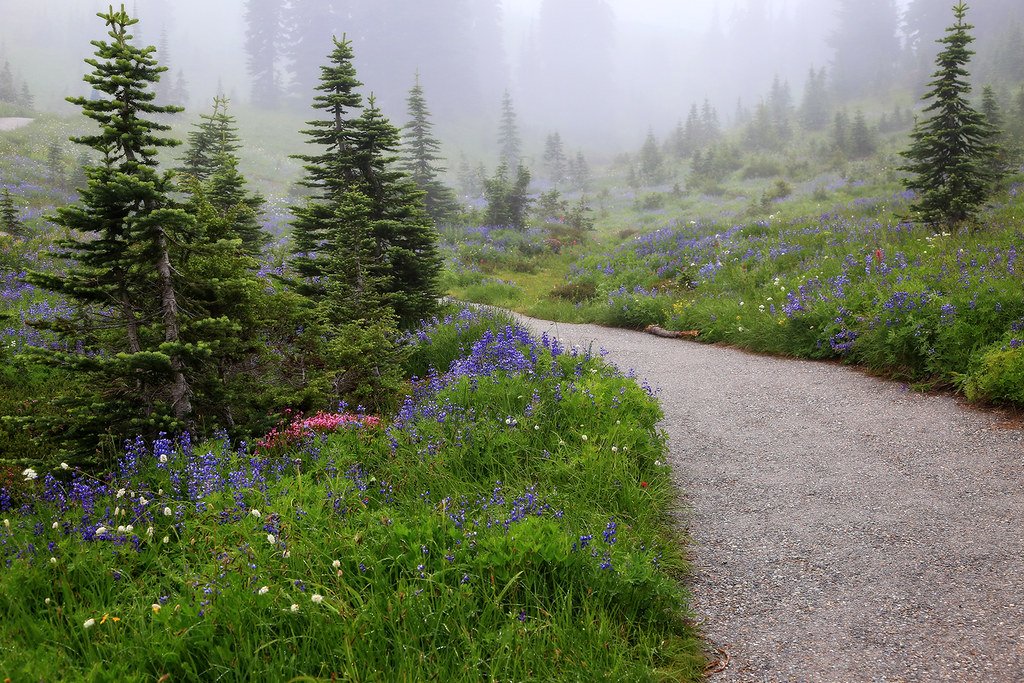
In the harsh world of high-altitude survival, cooperation often trumps competition. A new study highlights the strong interaction between cushion plants and other plants in the most severe of mountain environments. Cushion plants create additional viable living environments for other species, and are therefore important keystone species that provide the fundamental conditions required for greater biodiversity in the most extreme alpine environments. Tussock species have long leaves that bend over to further protect the plant base from wind damage, and promote heat retention. Other plants that grow near these grasses may also use the grass’ structure to protect themselves. This collaborative approach to survival creates plant communities where different species work together, each providing unique benefits that help the entire community thrive.
The Bamboo Surprise: Unexpected High-Altitude Champions

One of the most surprising discoveries in African high-altitude botany is the presence of giant bamboo forests at elevations where most plants cannot survive. Dense stands of the bamboo Oldeania alpina are found at high elevations (2400 to 3000 m, and up to 3,500 m on Mount Kenya). They are typically found on rich volcanic soils and gentle slopes where rainfall exceeds 1250 mm annually. The largest bamboo stands are on Mount Kenya (39,000 ha), Kenya’s Aberdare Range (65000 ha) and Mau Escarpment (51000 ha) and Mount Meru. These bamboo forests create unique ecosystems at high altitude, providing shelter and resources for other species while demonstrating that even grass-family plants can adapt to extreme conditions when given the right evolutionary pressure.
Climate Change: The Ultimate Test of Adaptation
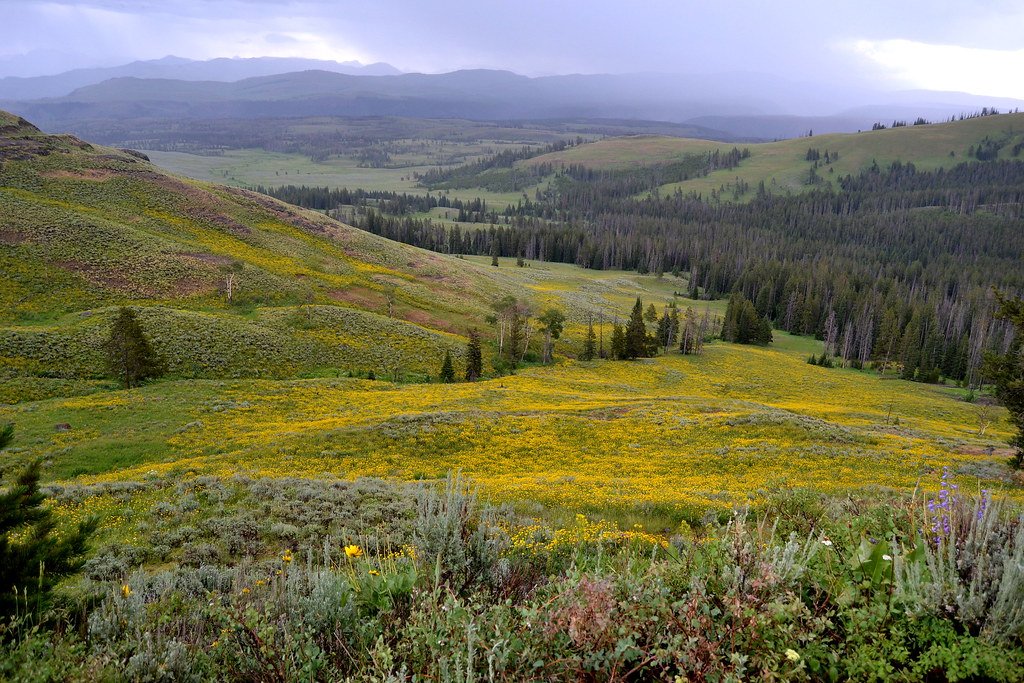
Africa’s high-altitude plant survivors face their greatest challenge yet: rapid climate change. East Africa’s mountains have already witnessed warming temperatures, increased risk of more severe extreme events with extended drought periods in some months, as well as heavy rain events. The World Meteorological Organization estimates that all remaining African glaciers in Kenya, Tanzania and Uganda are expected to disappear by the middle of this century. Numerous scientific studies show that many plant species are adapting to life at higher altitudes. Photographs taken in mountain areas at the beginning of the 20th century have made it quite clear: in many areas the tree line has moved upwards. These remarkable survivors that have weathered millions of years of gradual change now face the challenge of adapting to rapid environmental shifts within mere decades.
The Genetic Secrets of Extreme Survival
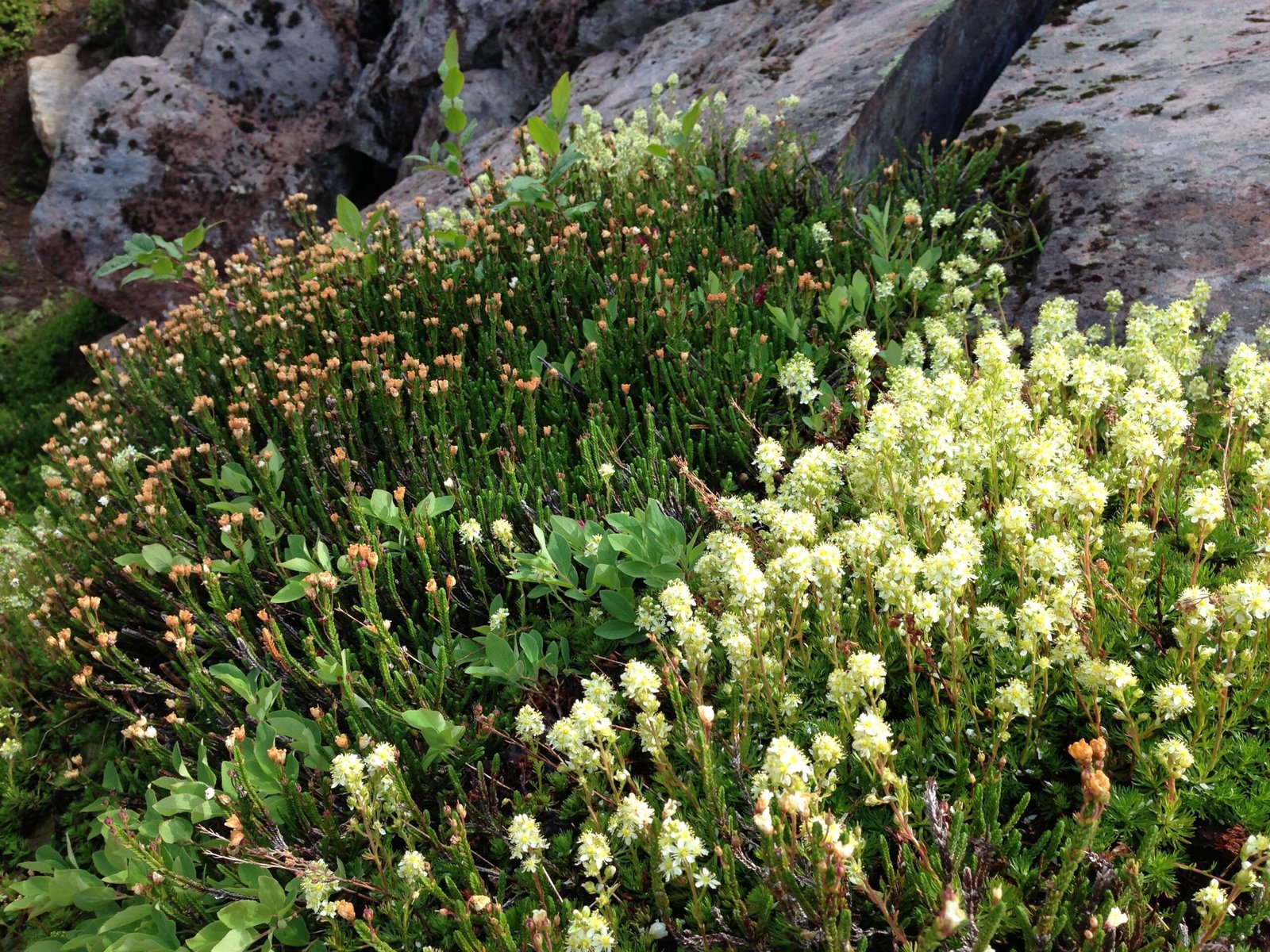
Modern genetic analysis is revealing the molecular secrets behind these extraordinary adaptations. At least 8 genes are possibly involved in DNA repair, response to DNA damage and temperature stimulus, and regulation of gene expression, which hints on how giant lobelias adapt to high altitudinal environment.

